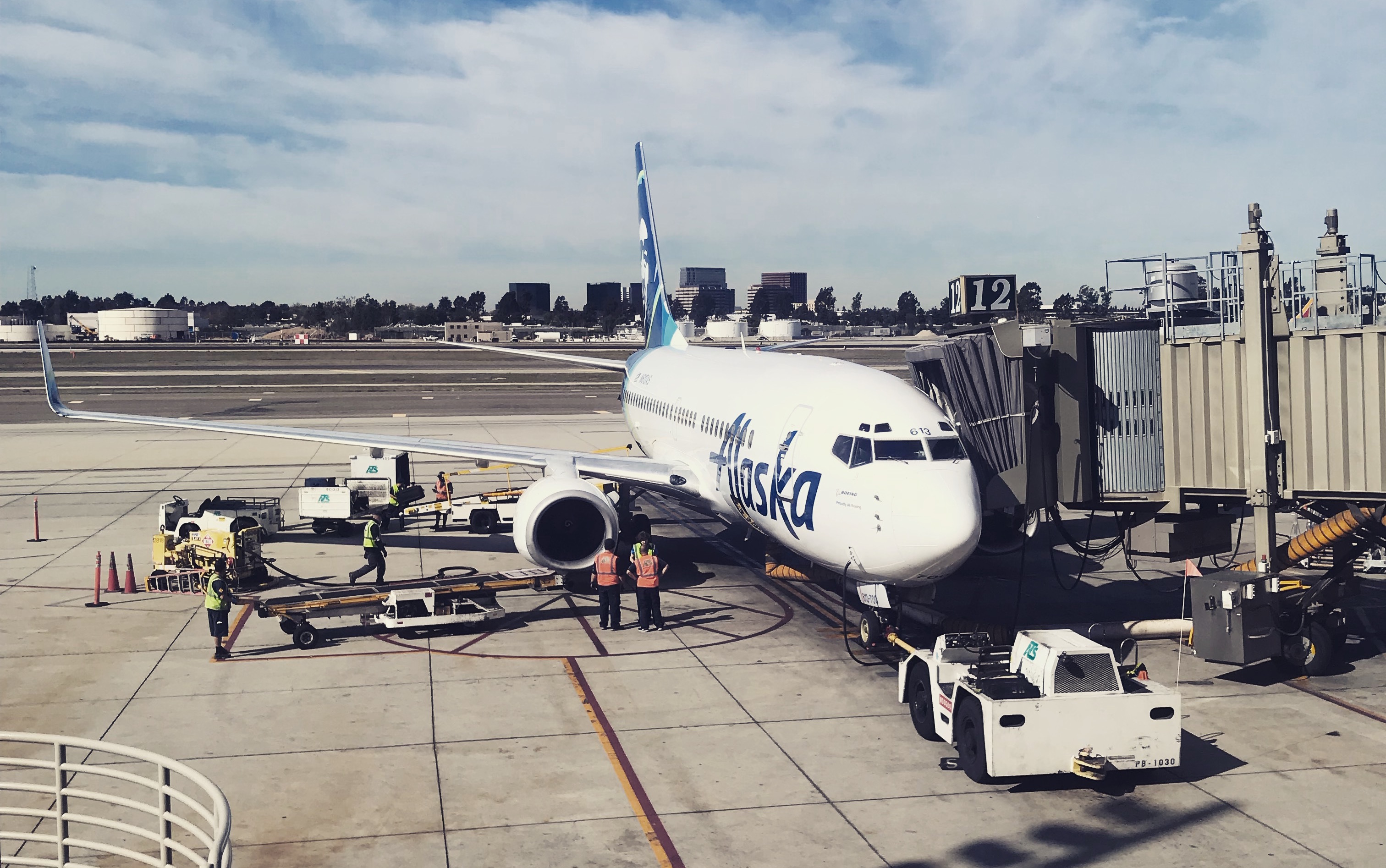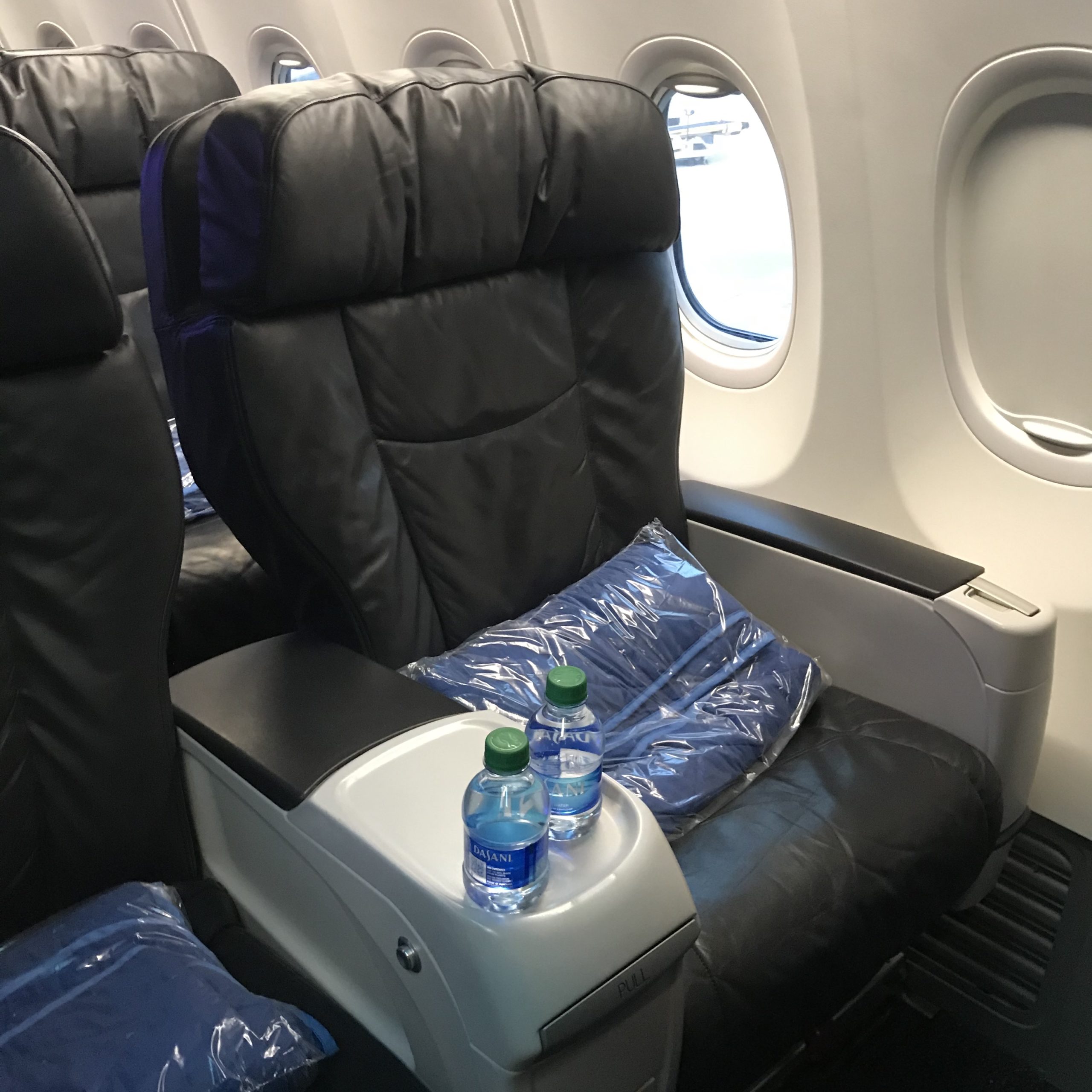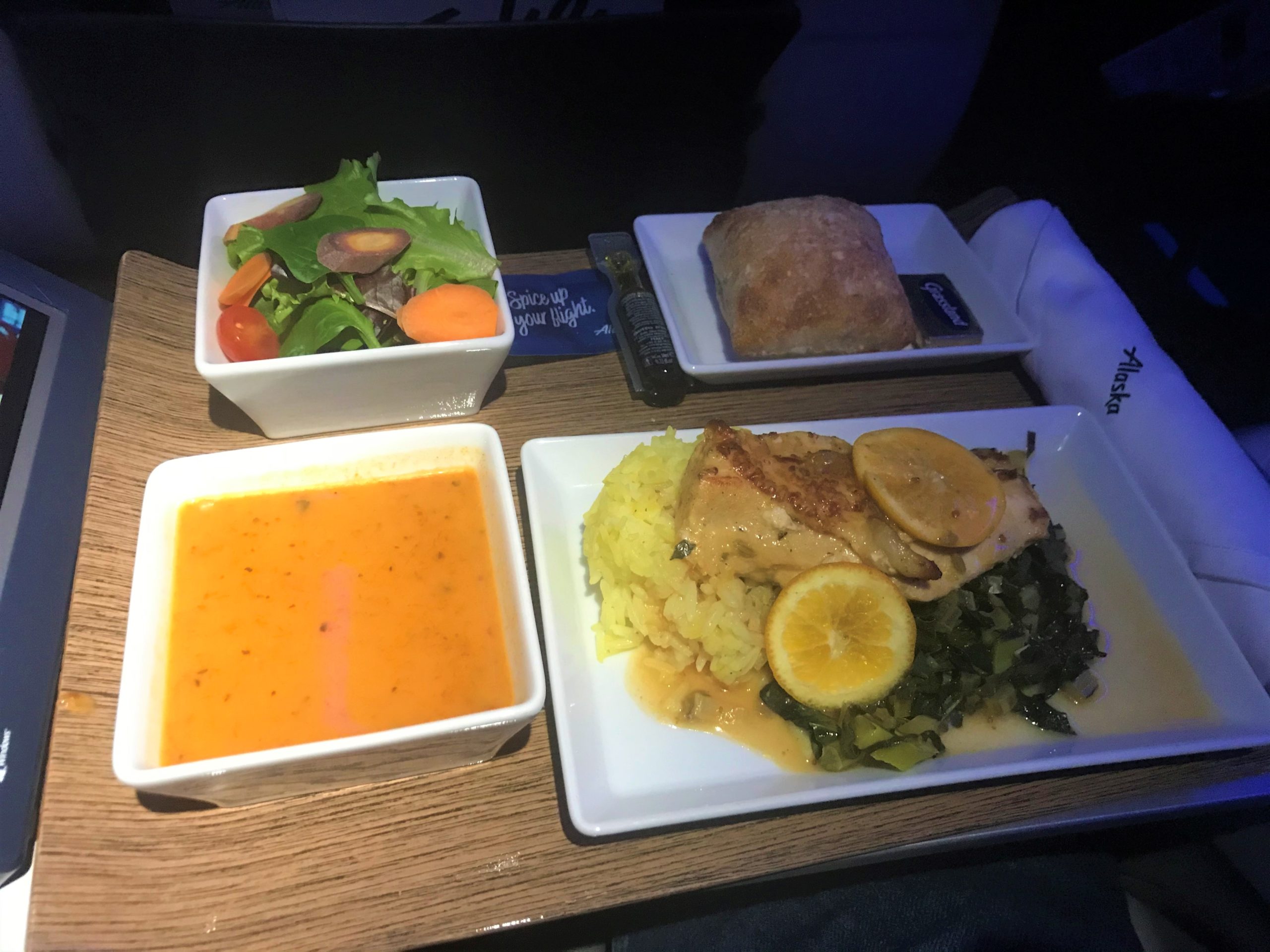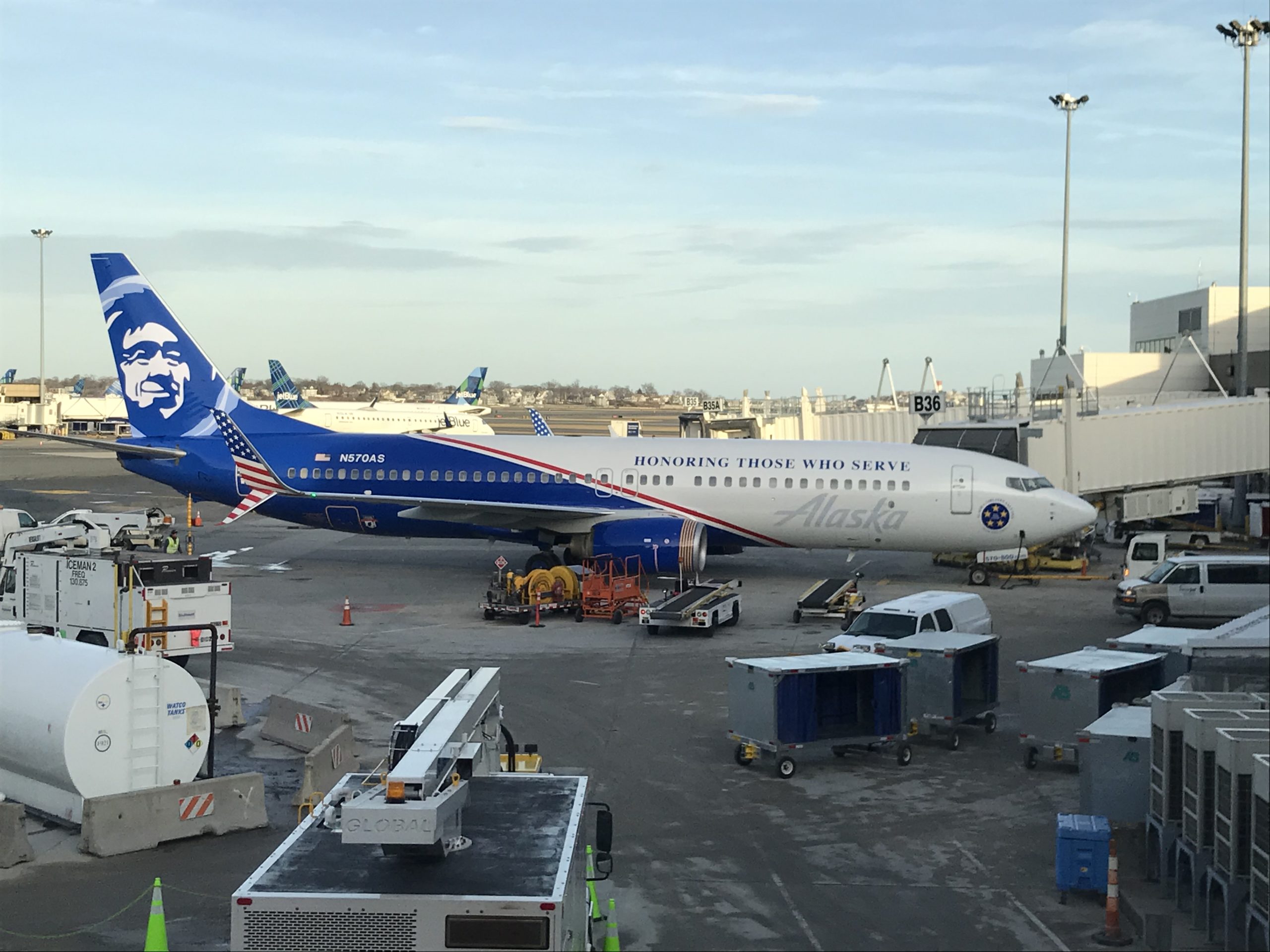
Why Alaska MVP Is The Easiest Airline Elite Status
Alaska Airlines Mileage Plan is one of my favorite airline loyalty programs. Although the West Coast’s premier airline is not part of an alliance, they have an interesting and unique set of partners. They also have some great sweet spot award opportunities, and offer stopovers on one-way awards. To top it off, Mileage Plan also offers the easiest airline elite status of any U.S. carrier.
RELATED: Mileage & Status Run Guide For Every Major US Airline
How Alaska’s Elite Program Differs from the “Big 3”
Until United overhauled their elite program for 2020, the U.S. “Big 3” airlines has fairly similar programs. All required both a mileage or segment requirement and also a spend requirement. There were ways to offset and/or skirt the spend requirement with each program, but this was one of the major features, and a hurdle for folks looking to earn airline elite status cheaply.
Alaska has no spend requirement. Like the other major U.S. carriers, the elite miles earned are based on the number of flown miles. But the lack of a spend requirement requirement is what makes Alaska status the easiest airline elite status to earn.
Alaska also differs from other programs by offering easier qualification based on flights on their own metal versus flights with partners. Other programs do not differentiate the number of miles needed (although some partner credit may be reduced).
Qualification for their three Alaska elite status tiers are the following:
- MVP – 20,000 miles on Alaska Airlines or 25,000 miles on partners
- MVP Gold – 40,000 miles on Alaska Airlines or 50,000 miles on partners
- Gold 75K – 75,000 miles on Alaska Airlines or 90,000 miles on partners
With no spend requirement and only 20,000 flown miles needed for their first status tier, Alaska definitely offers the easiest airline elite status among U.S. airlines.

Alaska MVP: The Easiest Airline Elite Status to Earn
Considering the distance and cost of some of Alaska’s flights, you can earn their MVP elite status for a fraction of what American, Delta, or United would require for their first status tier. Assuming that you earn 5,000+ miles for every round-trip you take from coast to coast, you’d need to fly just four trip with Alaska Airlines to earn MVP. With other carriers, you’d need to fly five trips (and also meet the spend requirement).
Cheap round-trips offer the ability to earn Alaska status very easily. One of my favorite sale fares is the haul from San Francisco to Boston. Alaska offers tickets for just $99 one-way at times for this nonstop itinerary. Flying 8 one-way segments would earn you ~21,600 miles, which is enough for MVP status.
The cost? About $790. That’s incredible, considering the spend requirement of other programs.
If you don’t care to see Boston four times, you could earn enough enough miles by switching up some of the trips to New York, Hawaii, or Orlando. You’d probably still be able to hit status for ~$1,000, assuming you nab some decent fare sales.
Alaska MVP elite status offers you a number of benefits, including:
- 50% more award miles (remember, Alaska credits miles flown)
- Ability to enjoy complimentary upgrades to premium and first
- Priority check-in and boarding
- Two free checked bags
The 50% boost to award miles is substantial, especially if you fly across the country a lot. Most coast-to-coast trips will earn you ~8,000 redeemable miles, which I value at ~$150. On a $300 ticket, that is a phenomenal return.

Alaska MVP Gold and 75K is Where It’s At
The benefits get even better at the upper tiers. You enjoy a 100% and 125% boost to redeemable miles at MVP Gold and MVP Gold 75K status, respectively. Upgrades are also more common, and you can earn some lounge passes and guest upgrade certificates.
MVP Gold 75K members also enjoy a complimentary tablet for cross-country and Hawaii flights (normally cost $10) as well as one free premium beverage (on occasion, the flight attendant has offered me a second).
Using the same logic and cost as before, these status levels are still very achievable, especially if you fly regularly for work. MVP Gold could be earned for approximately twice the cost, and MVP Gold 75K for approximately double that. It’s technically feasible to earn top-tier Alaska status for about $3,000, equivalent to the spend requirement for the lowest tier status with the other U.S. carriers.
This should illustrate even more vividly how Alaska Airlines offers the easiest airline elite status among the programs available.
Of Course, Alaska Elite Status Isn’t For Everyone
The downside to earning Alaska status versus sticking with another airline is the lack of destinations. I fly for work to rural western Virginia, and if I stuck with Alaska, I’d need to fly into Dulles and then drive 3-4 hours to my actual destination. I’m not necessarily against this, but the flight timing and fact it is out of SFO makes it all but impossible for me.
For many others who don’t live on the West Coast, Alaska doesn’t make sense in the slightest. Flying from Miami to New York? They aren’t even an option.
The lack of alliance-wide benefits is also something to consider. I’ve really enjoyed some Skyteam Elite Plus perks lately, such as lounge access on international flights, ability to use business class check-in queues with partners, and priority boarding. Alaska offers more limited perks with their partners.

Looking To Earn Alaska Miles?
Even if you’re not interested in their elite status, Alaska Airlines miles are some of the most valuable. The downside is that Mileage Plan isn’t a transfer partner of any bank programs. The only way to earn a bunch of miles is by transferring Marriott Bonvoy points to Alaska miles, or redeeming Bonvoy points for a travel package.
You can also earn Alaska miles by applying for one of their co-branded credit cards issued by Bank of America. The current welcome offers for either are 40,000 miles, although you can earn an extra 2,000 miles if you use one of the on-board applications.
The card offers the following benefits:
- Welcome offer of 40,000 Alaska miles after spending $2,000 within the first 90 days after account opening
- 3x miles on Alaska Airlines purchases
- 1x miles on all other purchases
- Free checked bag for the primary cardholder and up to 6 companions on the same itinerary
- Annual companion fare (companion ticket for $99 plus taxes and fees)
- 20% rebate on in-flight purchases
- No foreign transaction fees
- $75 annual fee
- Direct Link
I’ve held both the personal and business Alaska Visa cards at various times. I’m considering applying for another, but I need to open a deposit account with BofA, as my last few applications have all been denied. I think this is what is preventing me from being approved.
Conclusion
When it comes to determining which carrier offers the easiest airline elite status to earn, Alaska wins. It is hardly a contest. The lack of a spend requirements and the fact that all fares earn 100% flown miles as both elite miles and redeemable miles makes them a lucrative option for folks based on or traveling to the West Coast. Their footprint may not be huge, but their miles are some of the most valuable, and I’m already loving being an MVP Gold 75K member through their standing status match offer.



I have had mvp gold for three years and love the airline. i fly out of FLL and now they have only one flight a day to Seattle. it lands at 9:45 pm so if you are connecting to Alaska destination it will require a hotel. they stopped non stop service to LAX and SFO. it will be very difficult to take advantage of the status with only on flight a day. hopefully they will expand there service form FLL.
The lack of options for many airports makes Alaska a hard sell unless you live on the West Coast. I had one option coming back from Ohio this past week via Seattle, and the timing was awful. Booked Delta instead. Here’s hoping their route network gets better!
Like any program you have to actually fly to keep your status instead of hacking them. As a MM on AS rather than monetizing as you did I look to the benefit/comfort my status brings me. And as you stated status is without spend
Like any program you have to actually fly to keep your status instead of hacking them. As a MM on AS rather than monetizing as you did I look to the benefit/comfort my status brings me. And as you stated status is without spend
The upgrades are certainly part of the calculation. For me, it was a no brainer to switch with the challenge requirements for MVP 75K so low and the BOGO sale that brought the spend to less than $500. I’ll likely look to keep MVP (preferably MVP Gold) on an ongoing basis, if I can plan the travel around earning it.